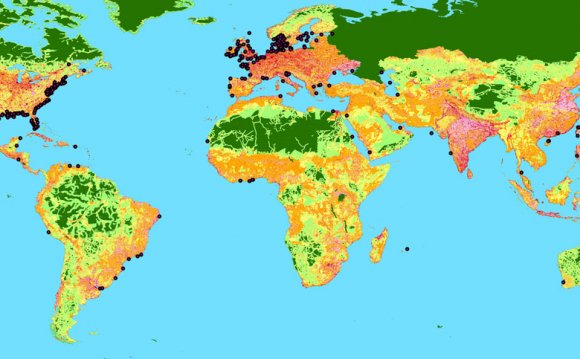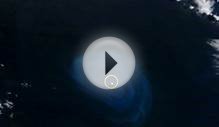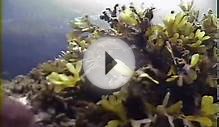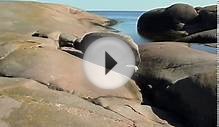
This story is part of a special series that explores the global water crisis. For more clean water news, photos, and information, visit National Geographic's Freshwater Web site.
Numbers of this once-threatened predator have soared from 1, 000 to more than 23, 000 in the Baltic Sea (map) since pollutants including DDT, an eggshell-thinning pesticide, and PCBs, chemical compounds used in electrical equipment, were banned in the 1970s, Westman said.
But there is a new danger to the eagle and many other marine species: An explosion of microscopic algae called phytoplankton has inundated the Baltic's sensitive waters, sucking up oxygen and choking aquatic life.
Though a natural phenomenon at a smaller scale, these blooms have recently mushroomed at an alarming rate, fed by nutrients such as phosphorous and nitrogen from agricultural fertilizers and sewage. When it rains, farm fertilizers are washed into the sea. Sewage-treatment facilities also discharge waste into the Baltic ecosystem.
As a result, the Baltic is now home to seven of the of the world's ten largest marine "dead zones"—areas where the sea's oxygen has been used up by seabed bacteria that decompose the raining mass of dead algae.
"We’ve had enormous algal blooms here the last few years which have affected the whole ecosystem, " Westman said.
Overfishing Adding to Algal Blooms
Overfishing of Baltic cod has greatly intensified the problem, Westman said. Cod eat sprats, a small, herring-like species that eat microscopic marine creatures called zooplankton that in turn eat the algae.
(Related: "Overfishing is Emptying World's Rivers, Lakes, Experts Warn.")
So, fewer cod and an explosion of zooplankton-eating sprats means more algae and less oxygen.
This vicious cycle gets worse as the spreading dead zones engulf the cod’s deep-water breeding grounds, he added.
The algal blooms, which can be toxic to animals and human swimmers, leave behind an ugly layer of green scum that fouls tourist beaches and starves seaweeds of light.
"Other species have taken the place [of seaweed], which don’t provide as good habitats for fish, " especially juveniles, Westman said. "In the past couple of years common fishes like pike and perch have had virtually no reproduction in the inner part of the archipelago."
Too Late to Save the Baltic Sea?
Back in Stockholm, it's World Water Week, the annual global meeting on water issues organized by the Stockholm International Water Institute. On a conference room wall is a satellite image of the Baltic Sea, its deep blue edges giving way to a swirling, milky center that shows the algal blooms.
World Water Week attendees are pushing a new action plan called the Baltic Sea Strategy. The European Union-led initiative will attempt to coordinate the efforts of the eight EU members within the nine Baltic states—not including Russia—to revitalize their shared sea.
RELATED VIDEO












